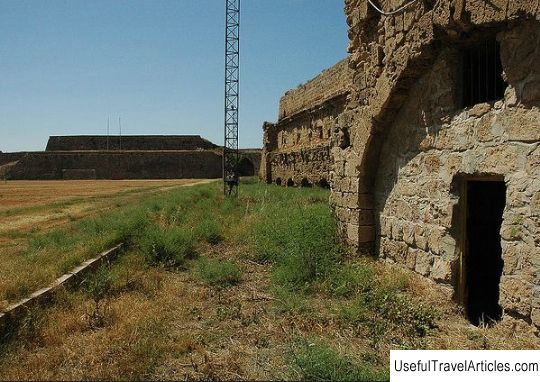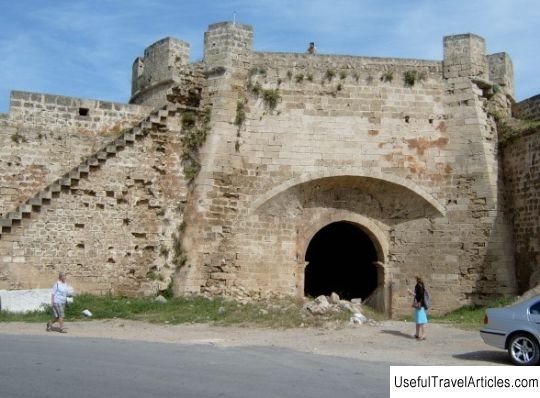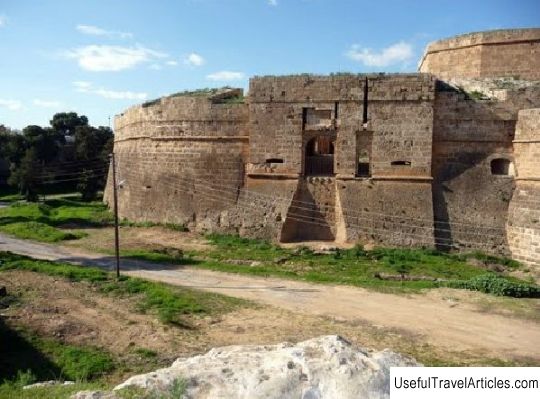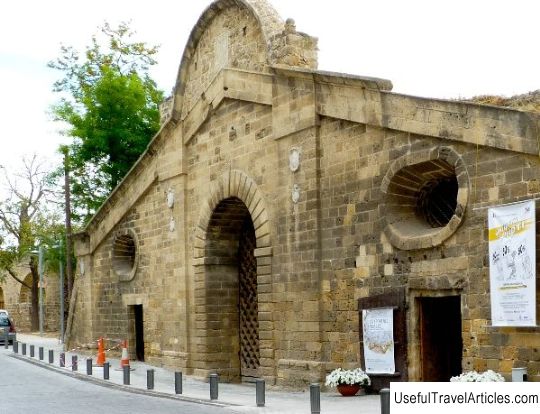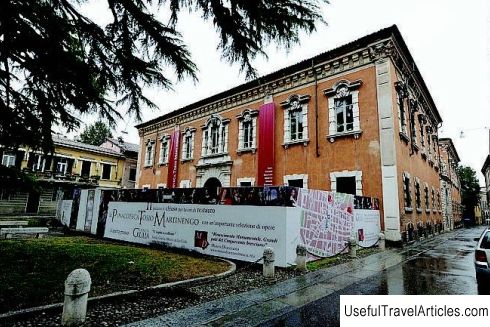Bastion Martinengo description and photos - North Cyprus: Famagusta
Rating: 8,8/10 (343 votes) 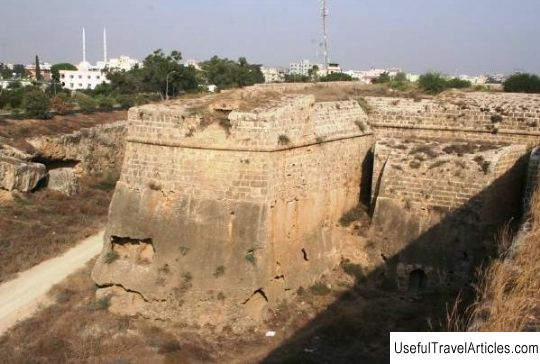
Martinengo Bastion description and photos - North Cyprus: Famagusta. Detailed information about the attraction. Description, photographs and a map showing the nearest significant objects. The name in English is Martinengo. Photo and descriptionOn the northwest side of the wall that surrounds the old part of Famagusta, there is the Martinengo bastion, or as it is also called the Tophane bastion. It is considered one of the finest examples of military architecture from the Middle Ages. In addition, Martinengo was such a fortified object that even the Turks who were trying to seize this territory did not dare to attack him, preferring to break through the Venetian defenses elsewhere. When the Venetians arrived in Cyprus, the first thing they did was erect around his settlement a large wall that could protect them from enemies. The Martinengo bastion itself was built between 1550 and 1559 under the direction of the architect Giovanni San Micheli. The fortification got its name after one of the famous Venetian commanders of that time - Martinengo, who played an important role in the battle with the Turks for the city and, moreover, was extremely popular among ordinary soldiers. The bastion covers an area of over 2.5 square meters. km and quite unusually located - on the corner of the city wall, while it has no access to the sea or to the main gate. The fortification has several arched gates wide enough for a horse-drawn one to pass through a wagon, and the greatest thickness of the walls of the bastion reaches as much as 6 meters. It was also equipped with an effective ventilation system to reduce the concentration of powder smoke, and numerous special niches were used to store weapons, ammunition and gunpowder. Since the territory of the bastion is large enough, a road was paved in the center to facilitate the movement of vehicles. Now on the territory of the bastion there is also a very small cemetery, where there are only five graves, in which Cypriots who died during clashes between Turkish and Greek armed groups in the 1960s are buried.     We also recommend reading Church of St. Anne (Kosciol sw. Anny) description and photos - Poland: Krakow Topic: Bastion Martinengo description and photos - North Cyprus: Famagusta. |
